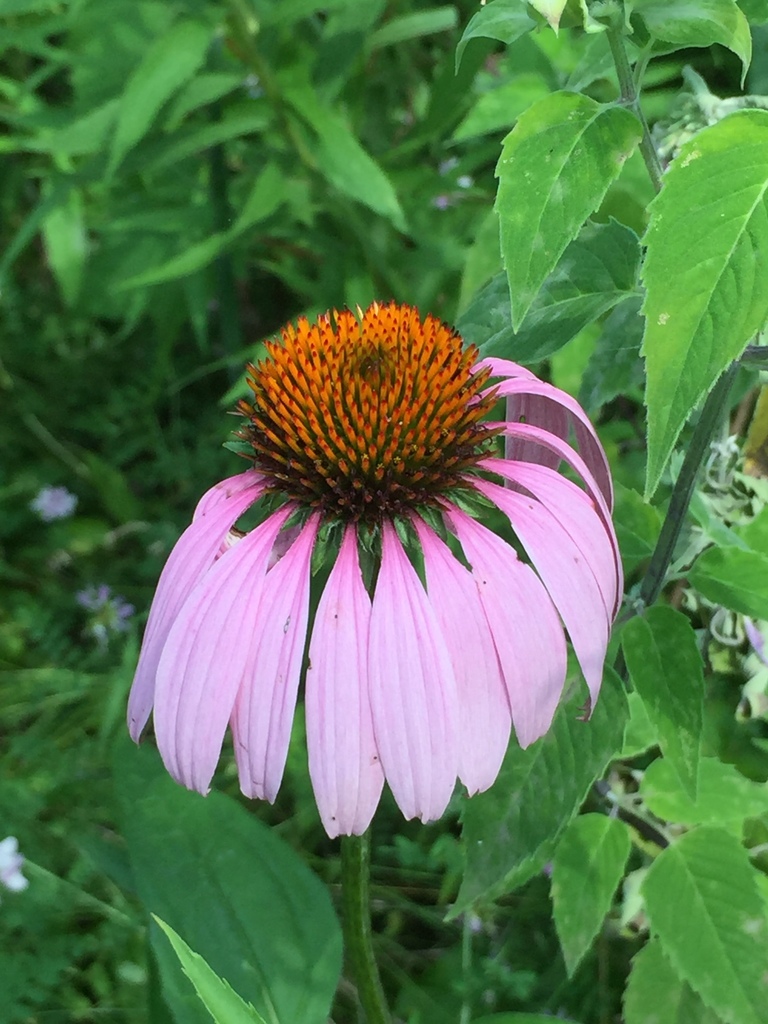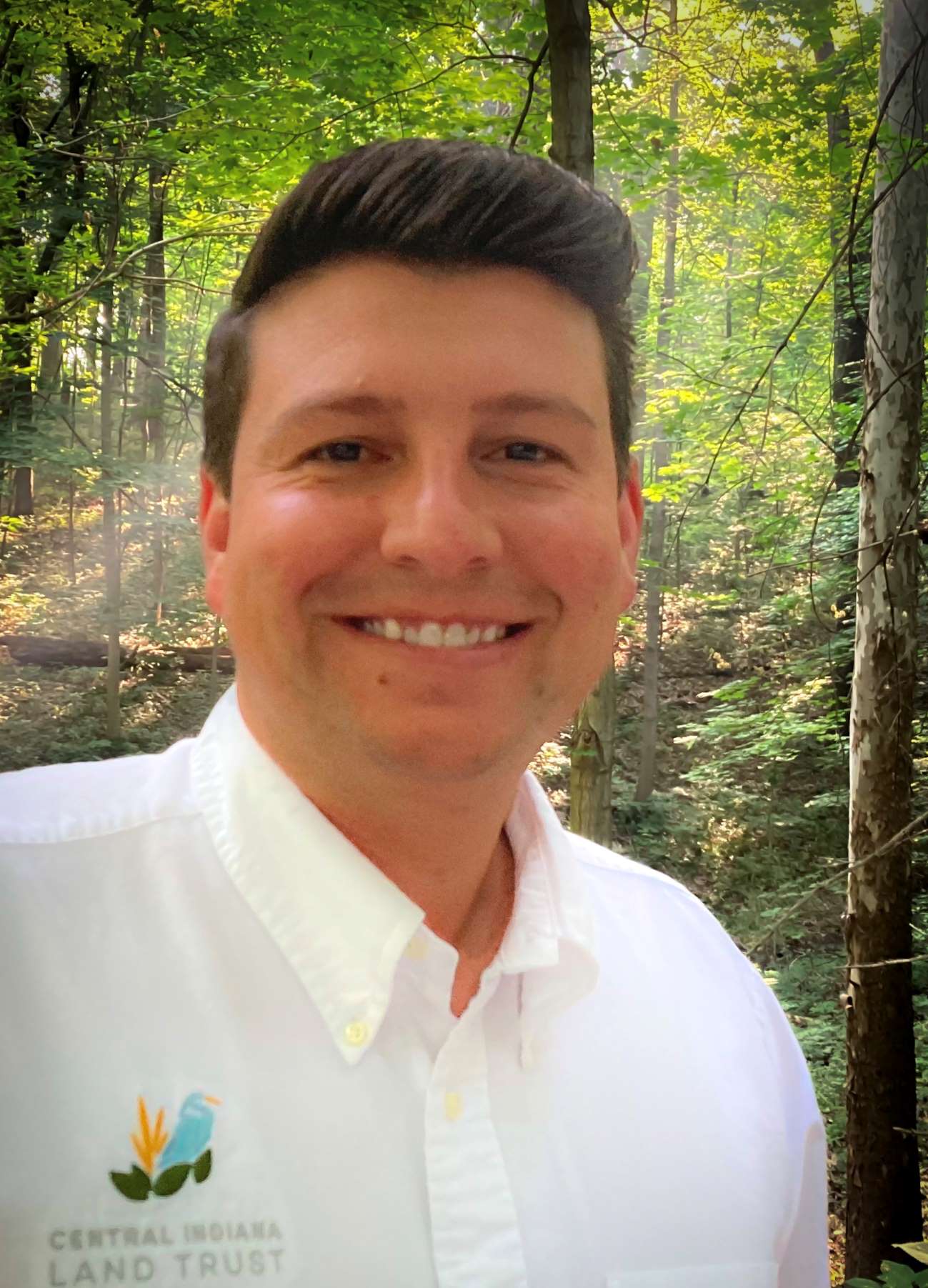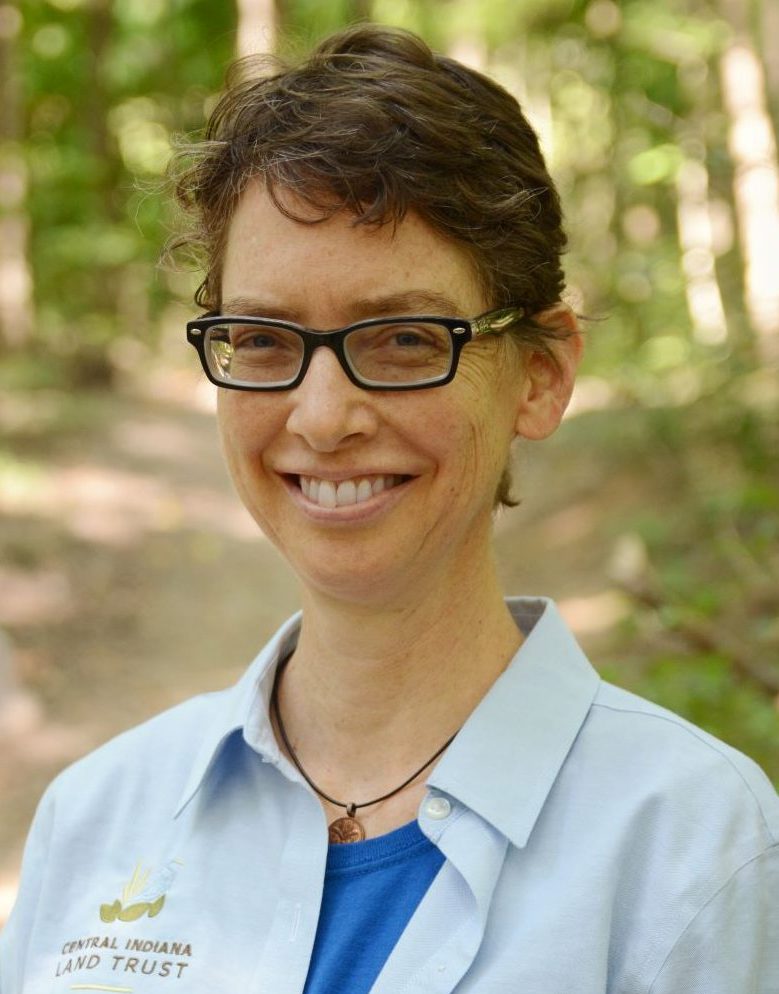Your actions make a difference!
A letter from our executive director
Everywhere we turn these days, we hear bad news about the state of the world. When it comes to the environment, things seem particularly dire. Habitat loss. Species extinction. The climate crisis. When you care about the natural world, the news can feel overwhelming. Continue reading

Cliff Chapman
President and CEO




